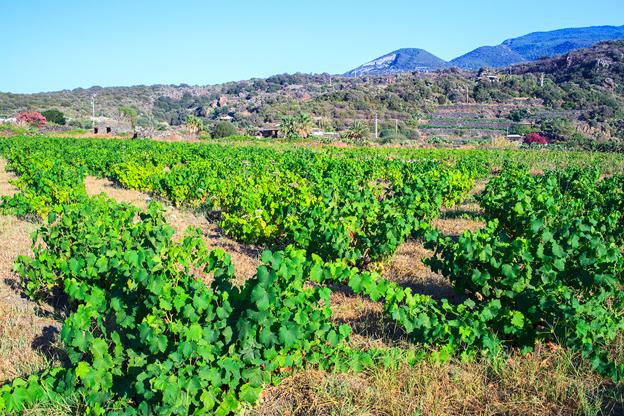The grape cultivation technique used on the Sicilian island of Pantelleria to grow the prized Zibibbo grape was inscribed last week onto UNESCO’s World Heritage List.
Also known as Muscat of Alexandria, because it is thought to have originated near the Egyptian city of Alexandria, the grape is used to make the island's prized Passito sweet wines, Moscato di Pantelleria and its dried-grape form, Moscato Passito di Pantelleria, among Italy's best dessert wines.
The cultivation of the white grape Zibibbo, which means 'raisin' in Arabic, has been described as “a rare example of heroic viticulture”. The landscape itself is proof of the hard work carried out by winemakers to build terraces and stone walls (“alberello” technique) and cultivate the vine shaped by the wind that constantly beats the island.
The wines made from what wine experts consider one of the oldest vines in existence are mentioned in ancient mythology: the goddess Tanit is said to have seduced Apollo by serving him Muscat wine from the island. However, the wine was little-known outside the small island community for almost 2,000 years. It was only exported to Italy after the 1880s and only gained formal recognition in the world of Italian wines when both Moscato di Pantelleria and Passito di Pantelleria were granted DOC status in 1971.
Pantelleria is a volcanic island between Sicily and Africa, 100 km (62 miles) southwest of Sicily and just 60 km (37 miles) east of the Tunisian coast.












